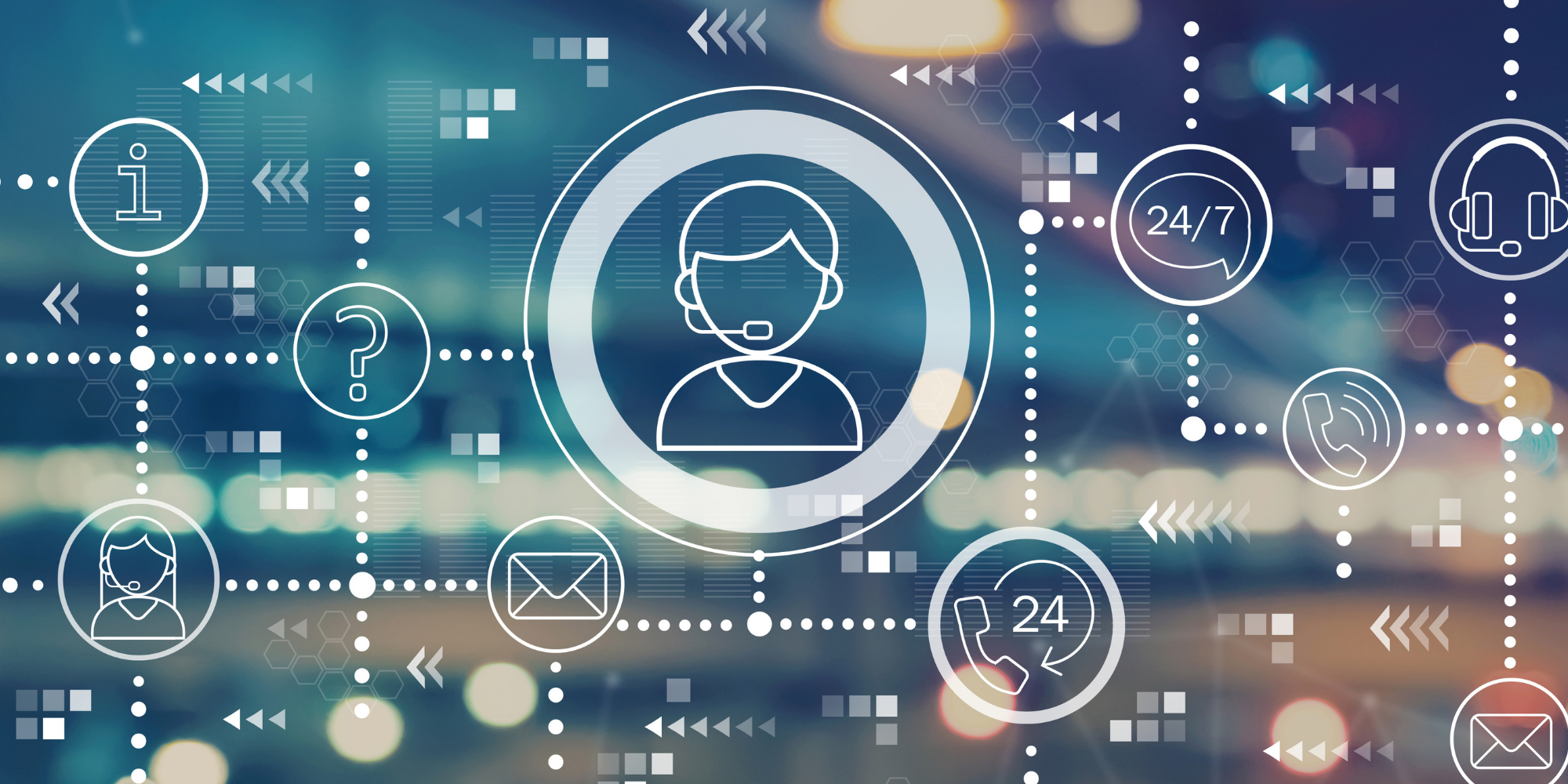This is an excerpt from our recent ebook, CX Trends & Predictions for 2023: Seeking Stability. Grab the full report here.
AI and predictive CX present compelling opportunities to better triage and route customer support calls, which can lead to great efficiencies and improved customer interactions. But as companies work to future-proof their digital customer service tech stack, many aren’t taking the plunge into investing heavily in AI just yet.
Why not? One reason is that it’s not as simple as just “adding AI.” To reap the most benefits from AI, organizations need to do some heavy lifting with their internal customer systems to make them AI-friendly. This means merging the front and back office, which companies are realizing need to be working in sync.
We’ll continue to see companies make strides toward AI and predictive CX, driven by the promise of profitability and the growing demands from customers. The 2022 Broadridge report found that AI (63%) and predictive analytics (67%) are in the top three communication technologies that consumers are most interested in seeing.
AI is a broad term with a lot of different applications. So what, specifically, can we expect to see in AI as it applies to CX? Here’s a list of what we anticipate will gain the most traction, based on 2022 trends.
1. Chatbots
The use of chatbots has exploded over the last few years. When chatbots were first introduced, some assumed it was the beginning of the end of human customer service. But we’ve learned that this is far from true. Chatbots are excellent at solving simple problems and can help gather information for customer service agents, but they aren’t humans.
Most customers use chatbots to get a quick answer to a query. For complex issues, nothing replaces a human agent experience. In 2023, we expect chatbots to continue to become more personalized and to be used for simple solutions, which can greatly help overwhelmed call centers.
Moving forward, CX professionals need to keep in mind that chatbot technology works to help, not replace, agents. Otherwise, chatbots can go from helpful to harmful: 46% of consumers think chatbots are being used to stop them from reaching a live agent, and 60% of consumers think humans are able to understand their needs better than chatbots. Ensuring chatbots serve both customers and agents can improve the experience for all.
2. Machine learning
Machine learning can empower customer service agents by using predictive analytics to anticipate customer needs. This technology can also identify things the agent may have missed during their conversation. And when it comes to self-service, machine learning can make chatbots smarter and able to help customers solve their issues better and faster.
Machine learning can help virtually every industry, but the banking sector seems to be particularly invested. Machine-learning-related hiring is on the rise in the retail banking space, and according to McKinsey, the potential annual value of AI and analytics for global banking could reach as high as $1 trillion.
3. Internet of Things (IoT)
Billions of physical devices are now connected to the Internet. Home hubs like Alexa, wearables like fitness trackers, home security systems, and even smart appliances are connecting brands to customers in a profound way. When relevant, this data can play a vital role in your customer’s overall experience with you. The trick will be in harnessing this data to provide a highly-personalized experience that bridges the customer’s journey across digital and physical environments.
4. Augmented and virtual reality (VR)
We can’t talk about AI and not mention AR and VR.
AR and VR allow customers to “try before they buy” in a unique and personal way. It allows customers to visualize furniture in their living room, or virtually try on clothes, shoes, or makeup.
We’re only at the tip of the iceberg when it comes to the application of AR and VR, and we anticipate to see more creative applications of this technology moving forward. But again, adoption – although increasing – has not yet reached the masses. One Gartner analyst predicts it will take another 5+ years for widespread adoption of VR, with “lack of good user experience design” pinned as the biggest hurdle.
5. Predictive CX
If there’s a star of the “AI enhances CX” show, it’s predictive CX. Predictive CX involves using data, statistics, and modeling to make predictions about customer behavior that empower organizations to provide real-time insights that guide customer interactions.
We have a wealth of data available to us. And while security is a top concern of consumers, they’re comfortable with certain data being used if it means better service to them. In fact, nearly 70% of consumers want predictive analytics to be leveraged to send them communications at the right time based on expected needs.
The truth is that predictive CX can be much more powerful than historical data alone, enabling customer service and sales representatives to be proactive instead of reactive. By anticipating customer needs, brands can greatly improve the customer experience and provide highly-personalized experience at the moments that matter most. The biggest obstacle to unlocking the potential of predictive CX is internal buy-in, so proving its value will be important for CX leaders.
AI will continue to be part of the conversation, and the future is promising. New AI technologies are showing astounding results – one recent innovation has shown a 66% reduction in average call handling time, and a 40% reduction in time taken to onboard agents.
Despite this promise, adoption will be a little tricky. We certainly don’t expect to see the lightning-speed adoption rates we saw for new technology at the height of the pandemic. However, AI is where we are heading, and companies should lay the groundwork for success by preparing and getting organized.
To explore more key trends and predictions for 2023, plus five important questions to ask your team to develop your CX strategy, download our 2023 trends report:




